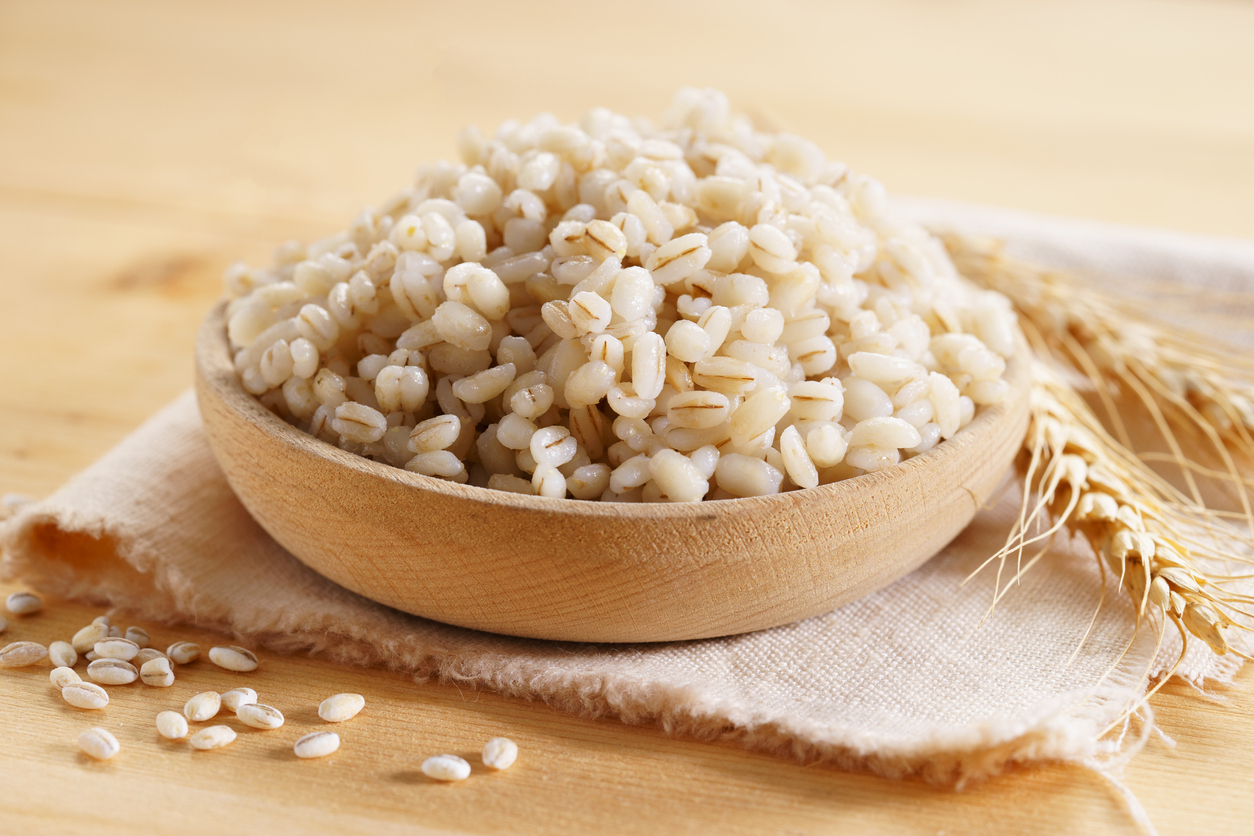
'Designer' Plants Developed to Combat Environmental Challenges
November 20, 2019| |
University of Georgia scientists discovered a way to identify gene regulatory elements that help develop "designer" plants and lead to enhancements in food crops at a critical time. The results are published in two separate papers in Nature Plants.
With the rapidly increasing world population that is projected to reach 9.1 billion by 2020, food production must be increased by 70%, according to the Food and Agricultural Organization of the United Nations. Improvements in crop plants would play a vital role to boost food production. Bob Schmitz and team demonstrated an ability to find cis-regulatory elements (CREs) in 13 crops including maize, rice, green beans, and barley. CREs are regions of noncoding DNA that regulate neighboring genes. If a gene and its CRE can be identified, they can work as a modular unit called biobrick. According to Schmitz, targeting CREs for editing offers a more precise technique than gene editing.
"Gene editing can be like a hammer. If you target the gene, you pretty much break it," he said. "Targeting CREs, which are involved in controlling gene expression -- how a particular characteristic appears -- allows you to turn gene expression up or down, similar to a dial. It gives us a tool to create a whole range of variation in expression of a gene."
When biobricks are developed, they can be used to make "designer" plants that possess desirable characteristics such as salt-tolerant plants. This ability to make designer plants is vital in producing more food amidst environmental challenges such as drought and flooding.
Read more in Science Daily.
| |
Biotech Updates is a weekly newsletter of ISAAA, a not-for-profit organization. It is distributed for free to over 22,000 subscribers worldwide to inform them about the key developments in biosciences, especially in biotechnology. Your support will help us in our mission to feed the world with knowledge. You can help by donating as little as $10.
-
See more articles:
-
News from Around the World
- Experts Use Microparticles to Fortify Foods with Nutrients
- Verdeca's HB4® Drought and Herbicide Tolerant Soybeans Get Approval in Paraguay
- Biotechnology Gets Attention at Senate of the Philippines
- SEARCA BIC's Agri-biotech Boot Camp Puts the Spotlight on Youth in Agriculture
- Experts Unlock Key to Photosynthesis
- Resistance Genes for Deadly Ash Tree Disease Discovered
-
Research Highlights
- 'Designer' Plants Developed to Combat Environmental Challenges
- Scientists Investigate Plant Nodule and Lateral Roots, Gain Another Step to Developing Self-Fertilizing Crops
-
Plant
- Gene Editing Used to Develop Vitamin A-fortified Rice
- Biotech Expert Panel: CRISPR Technology Can Transform Agricultural Production
-
Read the latest: - Biotech Updates (November 12, 2025)
- Gene Editing Supplement (October 29, 2025)
- Gene Drive Supplement (February 22, 2023)
-
Subscribe to BU: - Share
- Tweet

